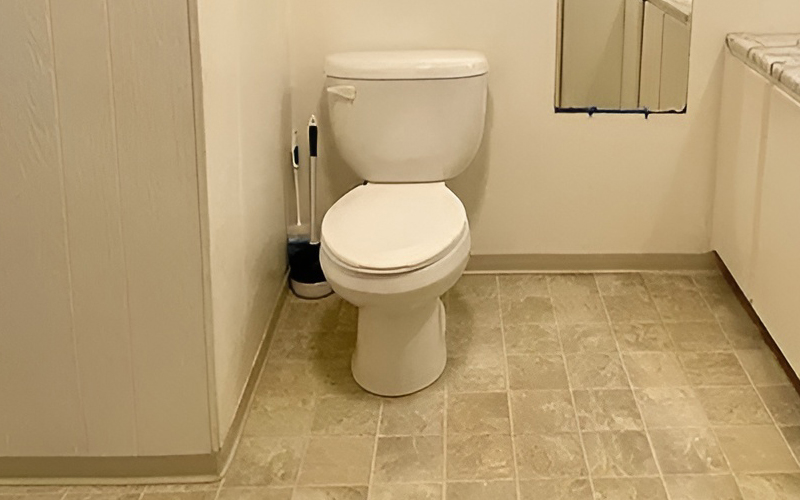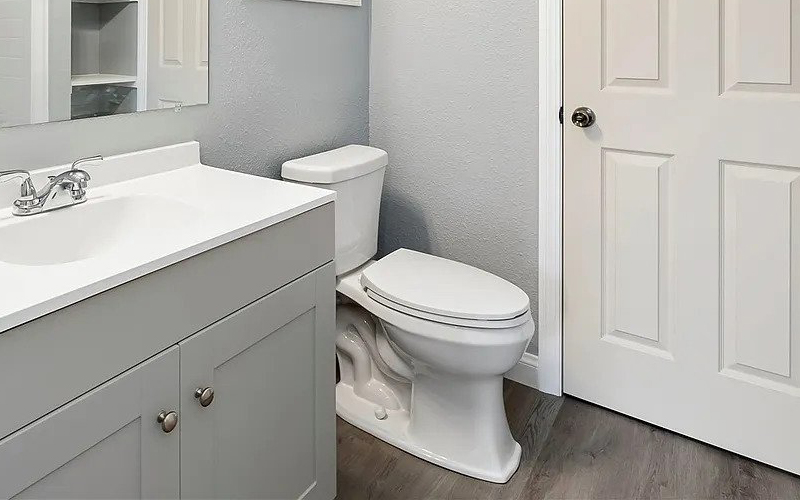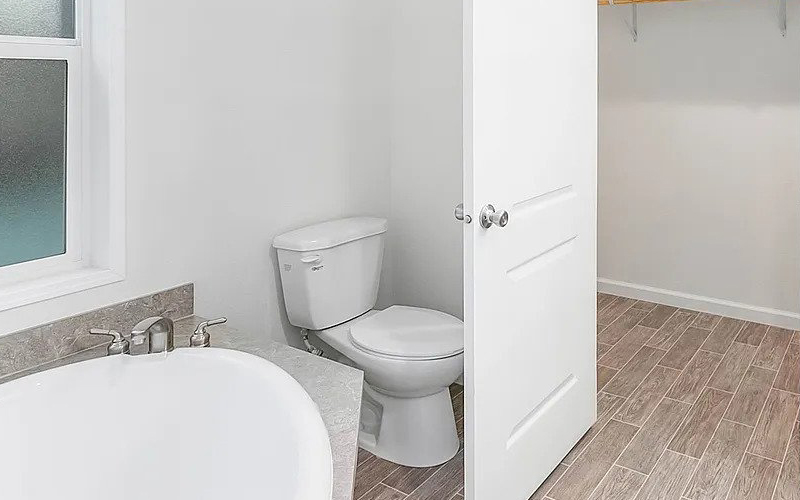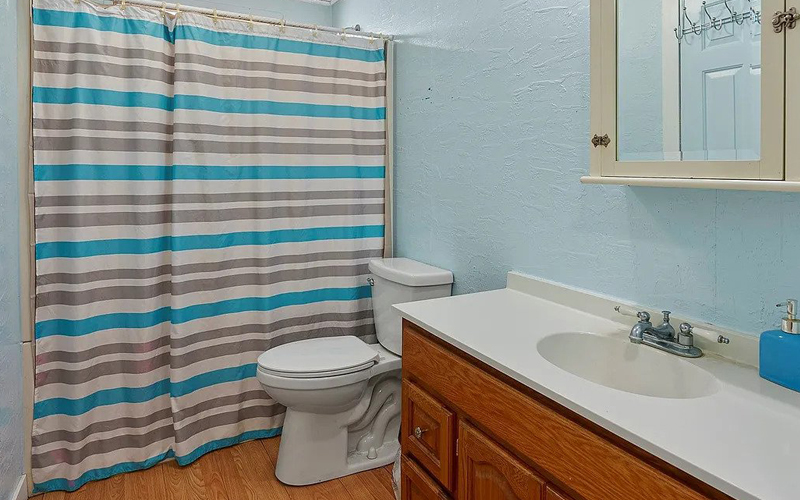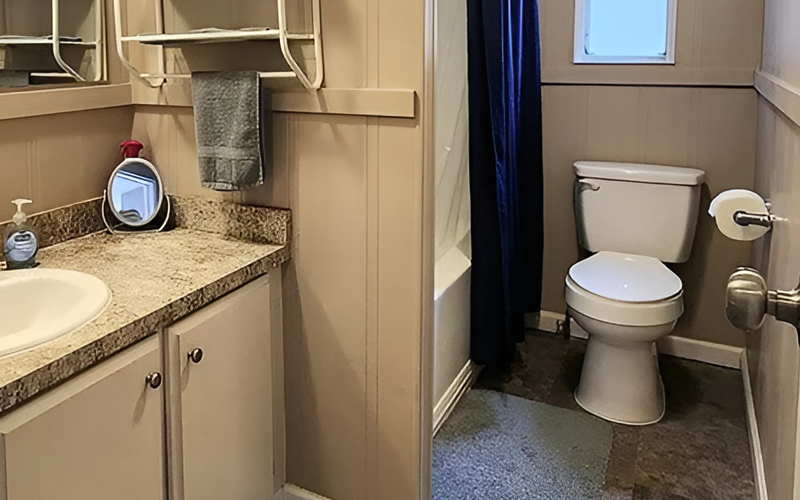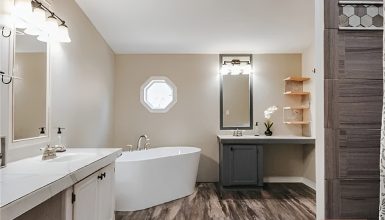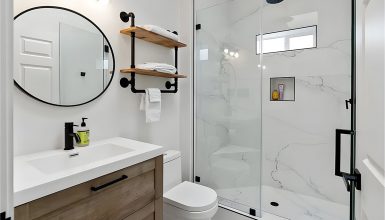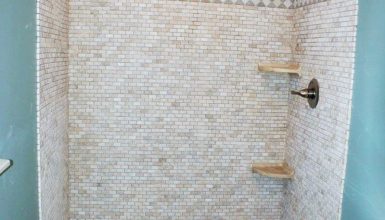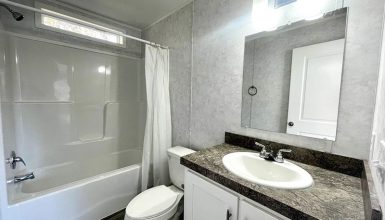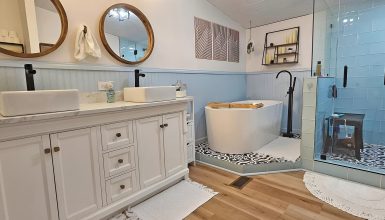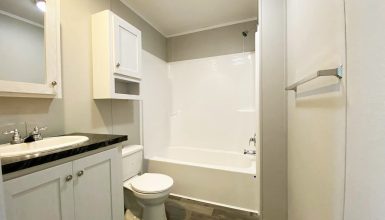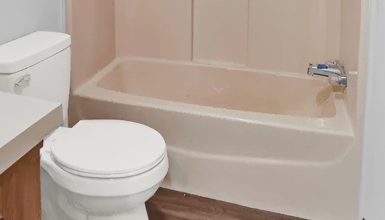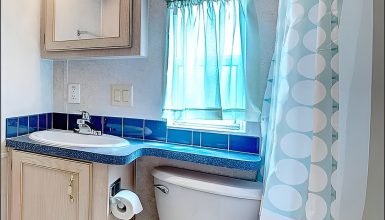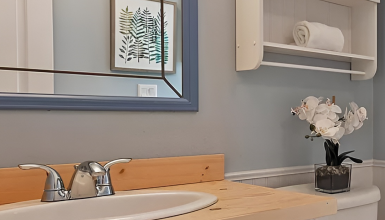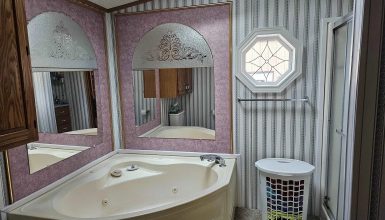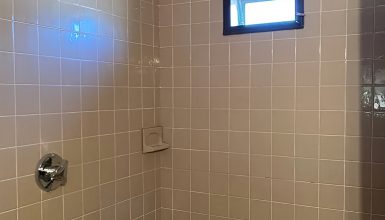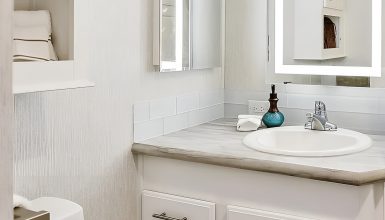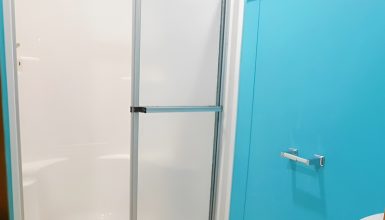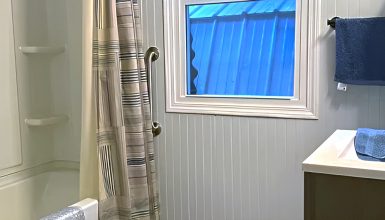Having a good quality toilet in your mobile home is not only essential for your everyday comfort, but it can also affect the overall value of your home. But finding a suitable toilet can be a bit more complicated than simply heading to your local home improvement store.
Mobile homes have unique challenges regarding plumbing, space limitations, and water usage. This means that selecting the proper toilet can make all the difference in the comfort and convenience of your home. This guide will cover everything you need about mobile home toilets.
Are Mobile Home Toilets Different?
Yes, mobile home toilets differ from traditional toilets in several ways:
- Size
Mobile home toilets are smaller than traditional toilets to accommodate the limited space available in mobile homes. Typical toilet sizes can vary depending on the make and model. However, most mobile home toilets are designed to be more compact to fit comfortably in smaller spaces.
The average width of a mobile home toilet bowl is between 14 to 15 inches, compared to 16 to 18 inches for a standard toilet bowl. The depth of the bowl is also usually smaller, at around 18 to 20 inches, compared to 21 to 28 inches for a traditional toilet bowl. Additionally, the height of mobile home toilets can also be lower to accommodate the lower ceiling heights often found in mobile homes.
- Water usage
Mobile home toilets may use less water than traditional toilets, which is essential for homes that have limited access to water or use a holding tank. The toilets typically use between 1.6 to 2 gallons of water per flush. Which is less than the average of 1.28 gallons per flush for standard low-flow toilets.
Some mobile home toilets may also have dual-flush options that allow you to control the water used per flush. On the other hand, composting and incinerating toilets do not use water at all, which can be an advantage for mobile homes with limited access to water or use a holding tank for wastewater.
- Plumbing
Most mobile home toilets use a flange and a flexible sewer line to connect to the plumbing system. The flange is typically made of PVC and is secured to the bathroom floor. While the flexible sewer line connects the flange to the primary plumbing system. Also, it uses a different type of wax ring. Which helps to create a seal between the toilet and the flange to accommodate the unique plumbing system.
- Flushing mechanism
The mobile home toilets have a different flushing mechanism, such as a pressure-assisted flush, to accommodate the limited water pressure often found in mobile homes.
- Installation
Toilets for mobile homes require a different installation process than traditional toilets due to the unique features and specifications of mobile homes.
Mobile Home Toilet Options
When choosing a toilet for your bathroom, you have various options. Three main types of mobile home toilets are standard, composting, and incinerating.
- Standard Toilets
Standard toilets are the most common type available in gravity-flush and pressure-assisted options. Gravity-flush toilets are the traditional style of toilet that uses gravity to move the waste from the bowl to the tank and out through the plumbing. They require a water source for flushing but are relatively easy to install and maintain. On the other hand, pressure-assisted toilets use pressurized air to force water and waste out of the bowl and into the plumbing. They are more efficient than gravity-flush toilets and are a good choice for mobile homes with low water pressure.
- Composting Toilets
Composting toilets is another option for mobile homes. These toilets do not use water and instead rely on natural processes to break down waste into compost. They are a good choice for mobile homes that are off-grid or that do not have access to a sewer or septic system. Composting toilets require regular maintenance to ensure the composting process works effectively. But they are a more eco-friendly option than standard toilets.
- Incinerating Toilets
Incinerating toilets are a third mobile home toilet type that uses heat to burn waste into ash. They are another option for mobile homes that are off-grid or do not have access to a sewer or septic system. Incinerating toilets require electricity and are more expensive than standard or composting toilets. However, they do not need water and produce only a tiny amount of ash, making them a low-maintenance and eco-friendly option.
Factors to Consider When Choosing a Mobile Home Toilet
There are several important factors to consider when choosing a toilet for your mobile home. These include space limitations, water usage, power, price, and maintenance requirements.
- Space limitations
Firstly, space limitations are a crucial factor to consider. Mobile homes often have smaller bathrooms, so choosing a toilet that fits comfortably in your space is essential. Measure the available room before choosing a toilet to ensure it will work properly.
- Weight
Mobile home toilets are designed to be lightweight to accommodate the needs of mobile homes that may need to be transported or relocated. Consider the weight of the toilet and ensure that the flooring can support it.
- Water usage
Mobile homes may have limited access to water or use a holding tank for wastewater. So it’s crucial to choose a toilet that uses water efficiently. Look for toilets with low water usage or dual-flush options that allow you to control the amount of water used per flush.
- Price
Price is another consideration when choosing a mobile home toilet. While standard toilets are usually the most affordable option, composting and incinerating toilets can be more expensive due to their unique features and functions.
- Maintenance requirements
Lastly, maintenance requirements. All toilets require regular cleaning and maintenance, but some may require more frequent maintenance. Consider your ability and willingness to perform maintenance tasks like cleaning, emptying composting toilets, or disposing of ash from incinerating toilets.
Installation and Maintenance of Mobile Home Toilets
Once you’ve chosen the proper mobile home toilet, it must be installed and maintained correctly.
Installation:
Following the manufacturer’s instructions is essential when installing a mobile home toilet. Here are some general tips to keep in mind:
- Ensure the floor is level and can support the weight of the toilet.
- Install the flange and flexible sewer line according to the manufacturer’s instructions.
- Place the wax ring on the flange to create a seal between the toilet and the plumbing system.
- Carefully lower the toilet onto the flange and press firmly to create a secure seal.
- Connect the water supply line and ensure that there are no leaks.
Maintenance:
All toilets require regular maintenance and cleaning, but some mobile home toilets may require more frequent maintenance than others. Here are some general tips to keep your mobile home toilet functioning effectively:
- Regularly clean the toilet bowl and seat using a mild cleaning solution.
- Check for leaks and tighten any loose connections.
- For composting toilets: regularly empty the compost bin and ensure that the composting process is working effectively.
- For incinerating toilets: periodically dispose of the ash and ensure the heating element works effectively.
- Consider using a specialized cleaner or treatment to help keep your plumbing system and toilet functioning effectively.
FAQs
Here are some frequently asked questions about mobile home toilets:
What are mobile home toilet sizes?
Here are some typical mobile home toilet sizes:
- Round Bowl
Round bowl toilets are the most common type of mobile home toilet and typically measure between 16-17 inches from the back of the toilet to the front of the bowl.
- Elongated Bowl
Some mobile homes may have elongated bowl toilets, typically 18-19 inches from the back to the front of the bowl.
- Compact toilets
Some manufacturers make compact toilets specifically designed for mobile homes, which may measure as little as 14-15 inches from the back of the toilet to the front of the bowl.
Can I use a traditional toilet in my mobile home?
While it’s technically possible to use a traditional toilet in a mobile home, it’s not recommended. Traditional toilets are typically larger and heavier. They may not fit comfortably in the smaller bathrooms found in mobile homes.
Can I flush toilet paper in a mobile home?
Yes, you can flush toilet paper in a mobile home toilet. However, it’s essential to use toilet paper designed to break down quickly and easily in water to prevent clogs in your plumbing system. Look for toilet paper labeled as “septic-safe” or “RV-safe.” These types of toilet paper are designed to break down quickly in water and are less likely to cause clogs in your plumbing system.
Where does toilet water go from the mobile home?
The toilet water in a mobile home typically goes into a holding tank or directly into a sewer or septic system, depending on the plumbing system in the mobile home.
Sometimes, it may be connected to a municipal sewer or septic system. In these cases, the toilet water will flow through the plumbing system and be treated at the municipal wastewater treatment facility.
Mobile homes may also use a holding tank to store wastewater. The holding tank is typically located beneath the mobile home. It can be pumped out by a professional septic service when it becomes full.
How do you unblock a toilet in a mobile home?
If you experience a clog in your mobile home toilet, there are several steps you can take to try and unblock it:
- Use a plunger
A plunger is a common and effective tool for unblocking toilets. Place the plunger over the toilet bowl and pump up and down vigorously to create suction that can help to dislodge the clog.
- Use a plumbing snake.
If the plunger doesn’t work, you can use a plumbing snake to break up the clog. Insert the snake into the toilet bowl and gently push it through the pipes, twisting it as you go. When you reach the clog, turn the snake clockwise to break it up, remove it, and flush the toilet.
- Use a natural cleaner.
A natural cleaner like baking soda and vinegar can help to break up a clog. Pour one cup of baking soda and one cup of vinegar down the toilet bowl and let it sit for several hours or overnight. Then, pour a pot of boiling water down the toilet to help clear the clog.
Are mobile home toilets more expensive than traditional toilets?
Mobile home toilets can be more expensive than traditional ones, especially when using a composting or incinerating toilet. However, standard mobile home toilets are usually comparable in price to traditional toilets.
Conclusion
Well, that’s a wrap! We’ve covered everything you need to know about mobile home toilets. From the different types available to the installation and maintenance, we hope this guide has helped answer all your questions.

